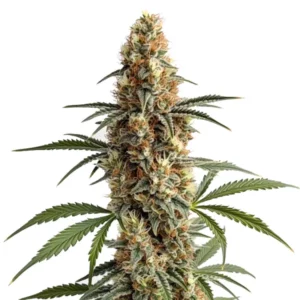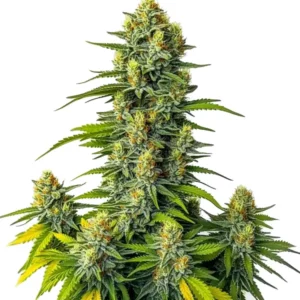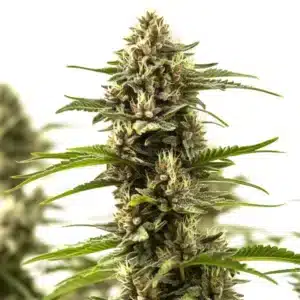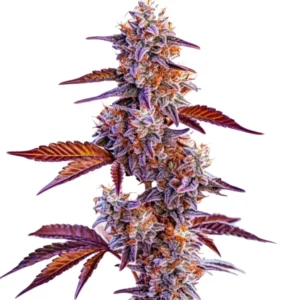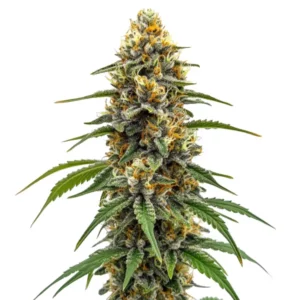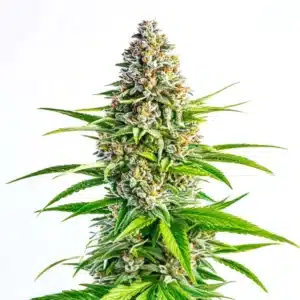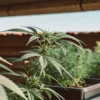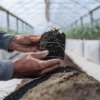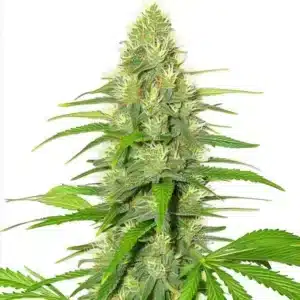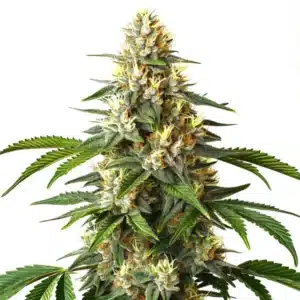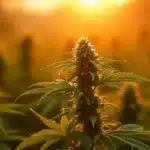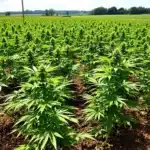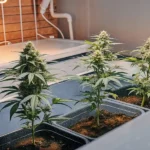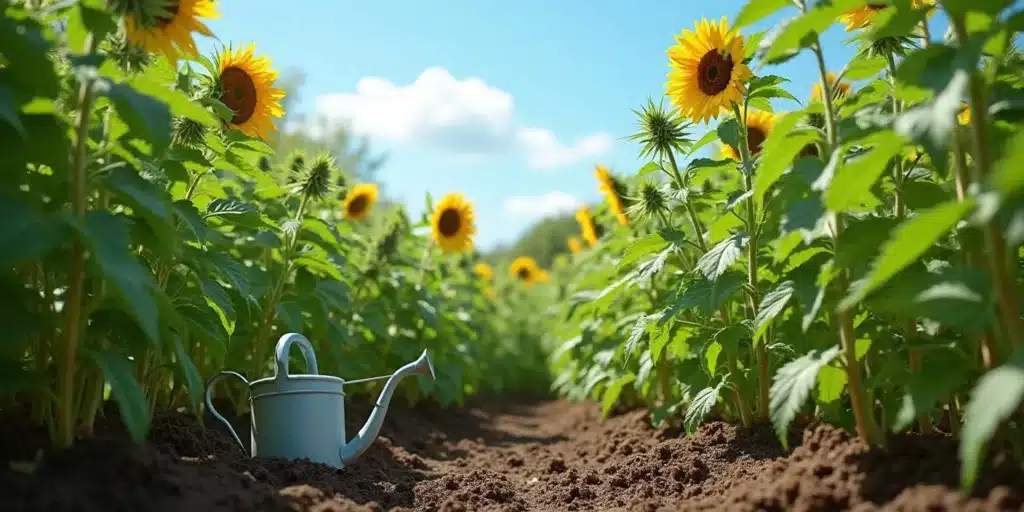
How Big Should My Plants Be After 2 Months Outdoor?
Growing plants outdoors can be a fulfilling adventure for both beginners and experienced gardeners. One of the most common questions asked is, “How big should my plants be after two months outdoors?” The answer can differ based on several factors such as plant type, weather conditions, and care practices. In this article, we’ll explore typical growth expectations, what influences size, and practical tips for cultivating healthy plants.
Typical Growth Expectations
On average, outdoor plants typically grow to be between 2 to 4 feet tall after two months. However, the actual size may vary significantly depending on the type of plant. For example, some taller varieties tend to stretch more compared to shorter, bushier ones. At this point, plants should have a well-established root system, several branches, and an abundance of leaves.
Recommended Strains
Mamba Negra
|
|
THC | 18% (Medium) |
|
|
Type | Feminized |
|
|
Yield | High |
|
|
Phenotype | 55% Indica / 45% Sativa |
Mamba Negra Auto
|
|
THC | 8% - 15% (Low) |
|
|
Type | Autoflowering |
|
|
Yield | Low |
|
|
Phenotype | 80% Indica / 20% Sativa |
It’s important to remember that environmental factors play a critical role in the growth of your plants. Sunlight exposure, temperature fluctuations, and soil quality are all essential elements that contribute to the overall health and growth rate of the plants. Generally, with proper care and optimal conditions, your plants should appear vibrant and robust.
Growth Variation by Type
Plants exhibit different growth patterns based on their type. Here’s a closer look at how specific varieties compare:
- Sunflower: This plant is known for its tall stature, often reaching heights of 6 feet by the second month.
- Basil: A compact herb that typically grows about 1.5 feet tall in this timeframe.
- Tomato: Depending on the variety, tomatoes can reach around 3 feet, with some growing taller.
The differences in height among various types underline the significance of selecting the appropriate variety that aligns with your gardening space and expectations. Certain plants simply require more room to flourish than others.
Promos & Deals
Factors Influencing Plant Size
Understanding the size of your plants after two months is not just about their type; multiple factors come into play. Gaining insight into these aspects can help you refine your growth strategy effectively.
Light Exposure
Sufficient light is essential for optimal growth. Ideally, outdoor plants should receive at least 6-8 hours of direct sunlight each day. If your plants aren’t getting enough light, you may notice that their growth is stunted.
Positioning your plants in a sunny area and monitoring for any shading caused by nearby trees or structures is crucial. If you observe your plants leaning towards one direction, it might be time to move them for better light access.
Soil Quality
The quality of the soil you use is vital for successful plant growth. Well-aerated soil rich in organic materials will provide the nutrients necessary for your plants to thrive. Consider using a blend that offers both high drainage and moisture retention to assist your plant roots in developing well.
Regularly checking your soil’s pH level is also a good practice. Many plants prefer a pH level between 6.0 to 7.0. If your soil isn’t in this range, you may need to amend it accordingly, as this can significantly impact nutrient absorption and overall plant growth.
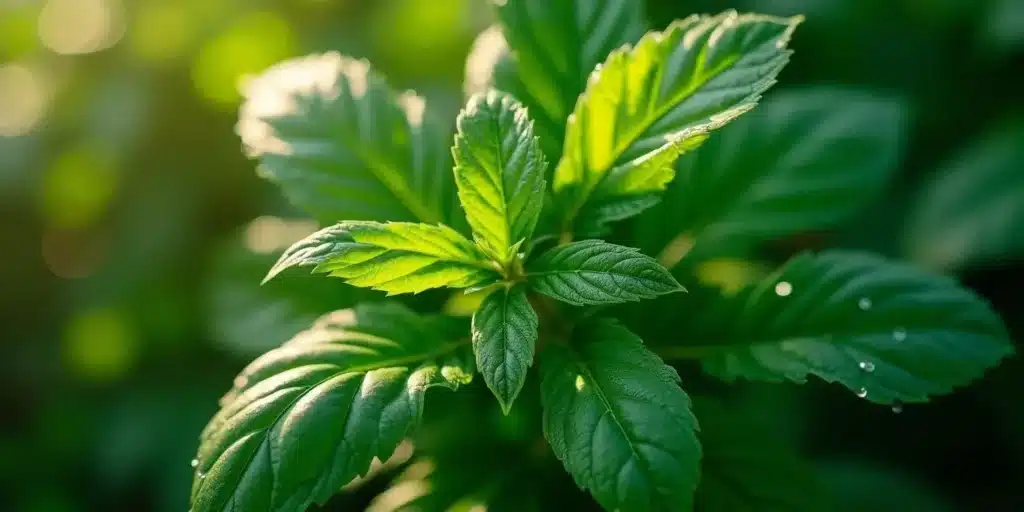
Practical Tips for Growing Healthy Plants
With the basics covered, let’s dive into actionable strategies you can implement to ensure your plants reach their full potential during these critical early months.
Regular Watering
Maintaining a consistent watering schedule is critical for healthy plant growth. Young plants need regular moisture, but it’s equally important to avoid overwatering, as this can lead to root issues. A simple method to gauge when to water is by feeling the soil: if the top inch is dry, it’s probably time to give them a drink.
Remember to adjust your watering frequency based on the weather conditions. Hot days may require you to water more often, while cooler, rainy days may lead to less frequent watering needs.
Nutrient Management
Nutrient requirements change as plants grow. Initially, using a balanced fertilizer tailored for vegetative growth can promote healthy leaves and stems. As plants transition into their reproductive phase, they may benefit from nutrients that support fruit and flower production.
Taking time to observe your plants can provide clues into their nutritional needs. For instance, yellowing leaves might indicate a nutrient deficiency, while overly crispy leaf edges could suggest they are receiving too much fertilizer. Adjusting your feeding regimen as needed will help keep your plants thriving.
Signs of Healthy Growth
As your plants continue to grow, recognizing indicators of health is crucial. Look for vibrant green leaves, strong stems, and a symmetrical structure. Healthy plants should also consistently produce new foliage and branches as they grow.
Leaf Structure
Healthy leaves typically display a rich green color, free of spots or discoloration. Every leaf plays a vital role in the plant’s energy production, so if you notice tips curling or yellowing, this could signal environmental stress or nutrient challenges.
Regularly inspecting your plants closely ensures you can catch potential problems early on. Addressing issues as they arise can prevent minor setbacks from turning into significant challenges that impact growth.
Stabilizing Conditions
Maintaining a stable growing environment can significantly influence your plants’ health. Protecting your plants from stressors such as pests or diseases is essential. Strategies like companion planting or using non-toxic pest deterrents can be effective means of prevention.
Additionally, implementing protective coverings or netting during extreme weather events can help maintain your plants’ stability and vigor, ensuring they can withstand varying environmental conditions as they develop.
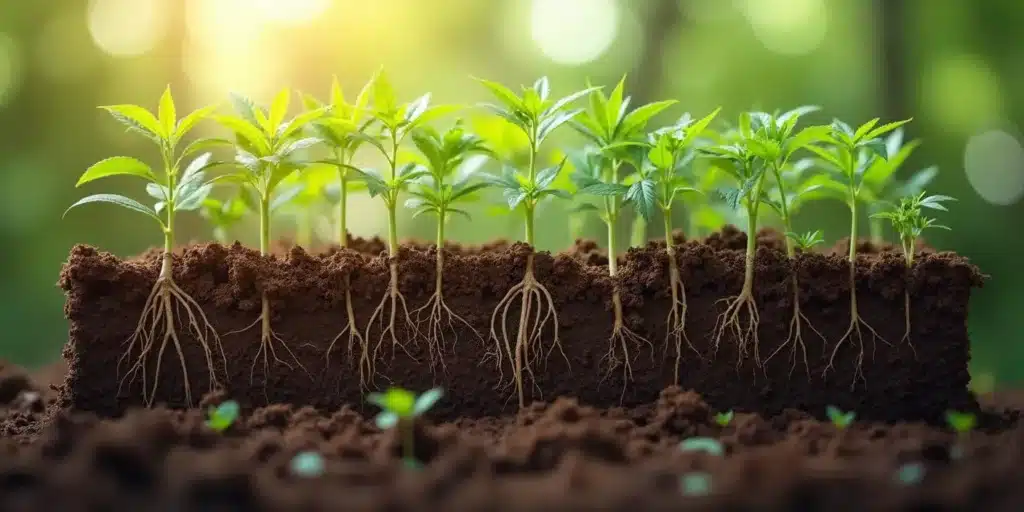
Common Challenges and Their Solutions
While raising plants outdoors can provide immense joy, it’s important to anticipate common challenges that you may face. Being prepared for these will enhance your gardening experience.
Pest Management
Pests can pose a serious threat to outdoor plants. Common offenders like aphids, spider mites, and caterpillars can wreak havoc if not addressed promptly. Early detection is key, regularly inspecting your plants can help catch infestations before they escalate.
Employing natural predators, such as ladybugs, offers an eco-friendly approach to pest control. Alternatively, using organic solutions like insecticidal soaps can help manage outbreaks. Always ensure to follow label instructions closely for optimal and safe results.
Climate Variations
Unpredictable weather can impact young plants significantly. High winds or extreme temperatures can create stress for plants still finding their footing. Constructing windbreaks or using temporary shelters can protect your plants during harsh weather.
Regularly checking local forecasts and adapting your care routines as needed will help safeguard your plants from adverse conditions, ensuring they remain healthy and robust.
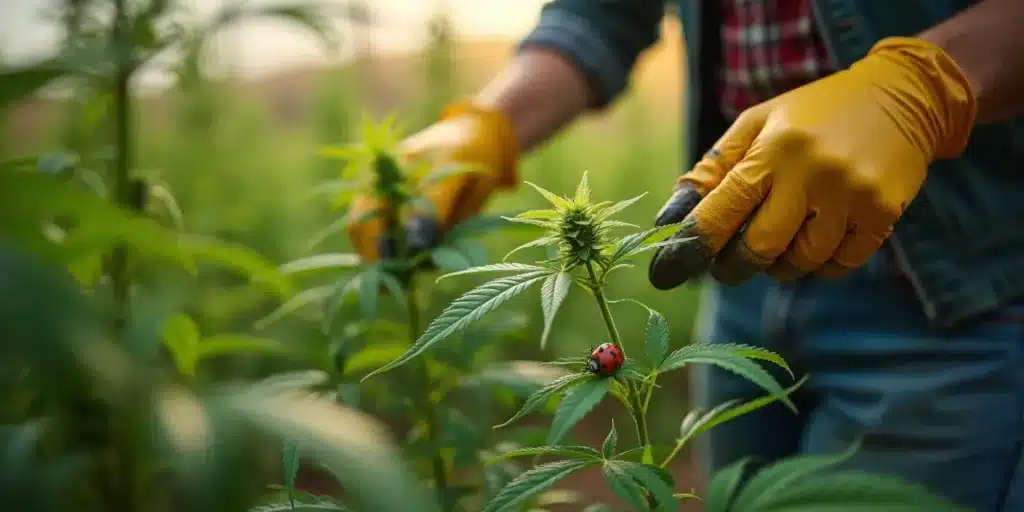
Strain Recommendations for New Growers
Choosing the right type of plant can significantly influence your overall experience. Here are three popular types available on Blimburn Seeds that are particularly suitable for outdoor cultivation:
- White Widow: Renowned for its resilience and adaptability to various environments, making it a great selection for novices.
- Critical: This robust variety thrives in outdoor settings and offers impressive yields without requiring extensive care.
- Green Crack: A favorite among gardeners, it promises a rewarding growth journey with a robust output.
FAQs
How do I know if my plants are growing well?
Healthy plants exhibit vibrant green leaves, sturdy stems, and consistent growth in height and foliage. Conducting regular evaluations will help you spot any potential issues before they become serious problems.
What should I do if my plant is smaller than expected?
Investigate environmental factors such as light exposure, soil quality, and watering habits. Adjusting these conditions can encourage growth. Additionally, consider that some types of plants may naturally grow smaller than others.
Can I move my plants if they aren’t getting enough light?
Absolutely! Relocating your plants to a sunnier location can make a significant difference in their growth. Just be cautious of any stress caused by moving them, especially if they are larger plants.
When should I start fertilizing my outdoor plants?
Generally, you should start fertilizing your plants once they have developed strong root systems, usually a few weeks after planting. Using a balanced fertilizer that supports vegetative growth is ideal during this initial period.


